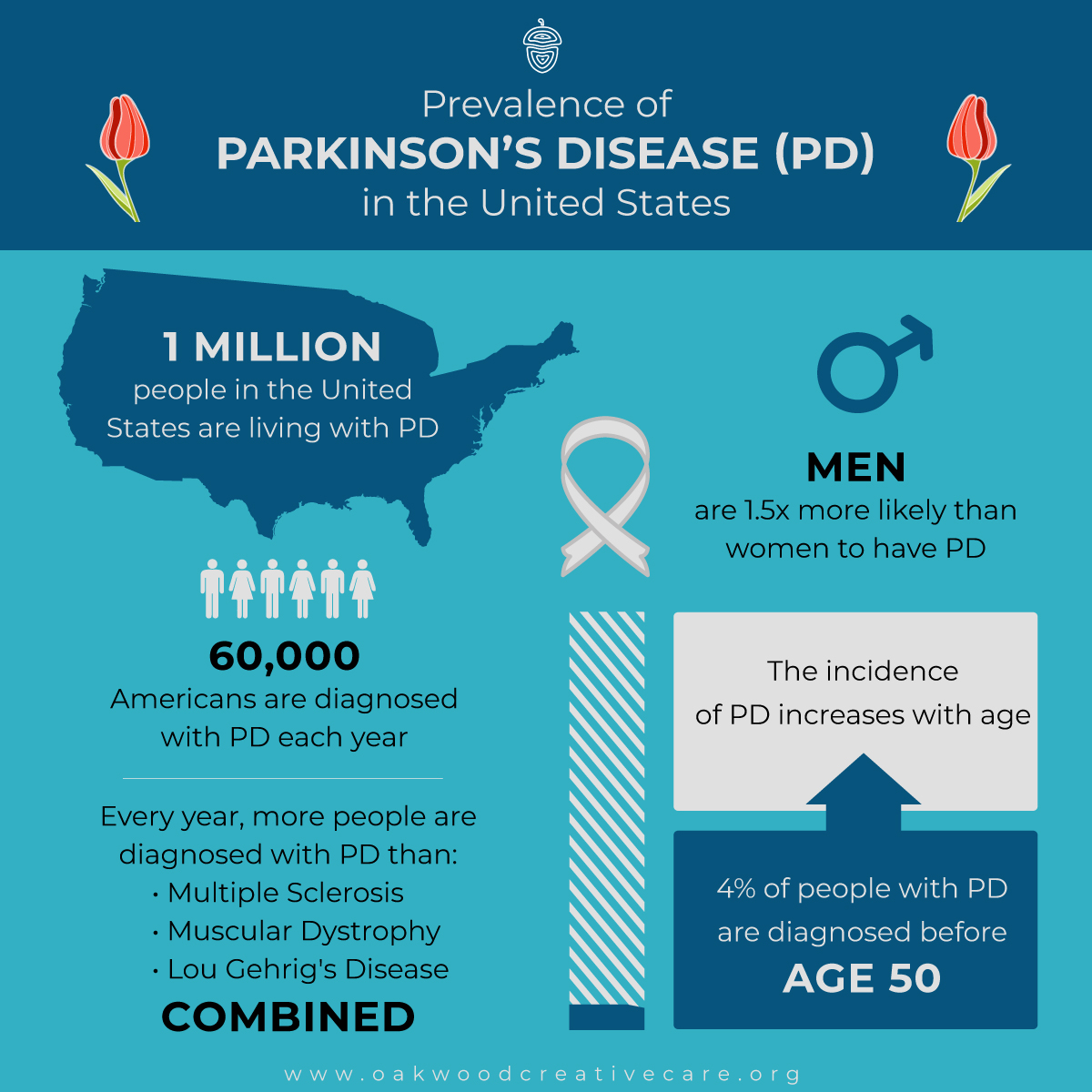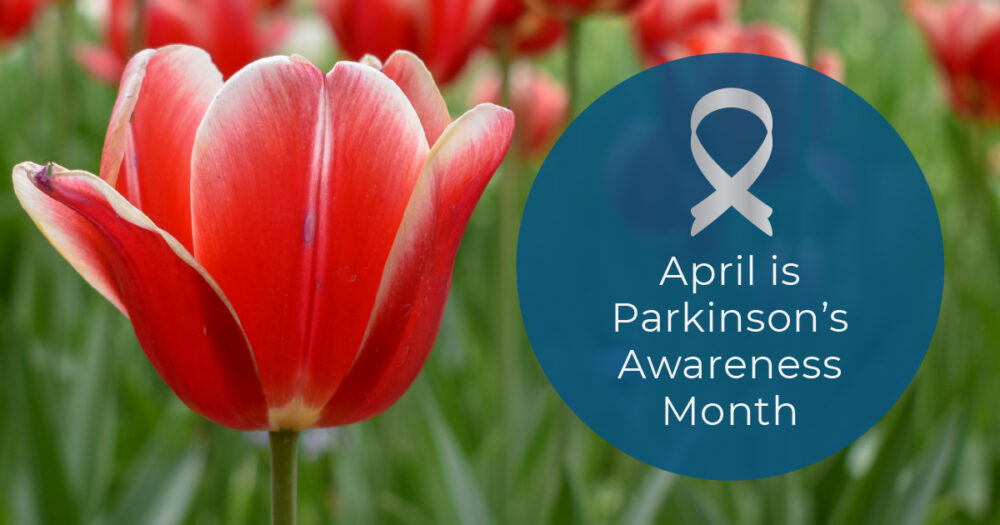What is Parkinson’s Disease?
PD is a long-term disorder impacting the motor system. According to Stanford Medicine, PD was first described in 1817 by English physician James Parkinson as a “shaking palsy.” Resulting from degeneration of the central nervous system, which controls most body and mind functions, PD is a progressive neurological disorder caused by a loss of dopamine-producing cells in a specific area of the brain called substantia nigra.
What Are The Causes Of Parkinson’s Disease?

The exact cause of PD remains largely unknown, and while the disease itself is not fatal, the Centers for Disease Control and Prevention rated complications from PD as the 14th cause of death in the United States.
Presently, PD affects about one million people in the United States and ten million worldwide – which equals about 1 in 500 people. While studies are still ongoing, some scientists believe a combination of genetic and environmental factors is the cause of PD.
Based on these studies, researchers have found genetics to cause about 10 to 15 percent of all Parkinson’s. Other potential factors leading to the development of PD include traumatic brain injury or even exposure to certain pesticides and toxins.
Are Tremors The Only Sign of Parkinson’s?
Much like Alzheimer’s disease, those with PD will first start to experience symptoms later in the disease’s progression because a significant amount of the neurons in the substantia nigra have already been lost. In some cases, it may even take months to years for someone to receive a PD diagnosis because their early signs and symptoms are either mild or go unnoticed. Part of this may be due to the assumption that tremors, or shaking, are the only tell-tale sign of having PD.
While many PD symptoms are related to movement, the signs to watch for also include those unrelated to motor control. In fact, the Parkinson’s Foundation notes that people with PD are often more impacted by their non-motor symptoms, which include: apathy, depression, constipation, loss of sense of smell, cognitive impairment, and sleep behavior disorders.
Finding The Right Care For Parkinson’s
Neurology:
PD can sometimes be challenging to diagnose, especially because its symptoms might mimic other disorders. A neurologist can examine current symptoms, compare medical and family histories, and rule out other conditions by ordering specific imaging tests, such as CT or MRI scans.
Occupational Therapy (OT):
An OT can help identify strategies that will allow the person living with PD to continue doing important activities independently. The OT will work on setting goals based on symptoms, disease progression, and lifestyle, then help to find ways to put those goals into action.
Support Groups:
The journey through PD is long and difficult, but those impacted need not walk it alone. For the person living with PD and their caregiver, finding support groups (like the ones offered at Oakwood Creative Care) is vital in maintaining an increased quality of life. Don’t be afraid to reach out and create a network with those who both understand and can offer advice through navigating the day-to-day struggles that arise after diagnosis.
Exercise:
Implementing a routine wellness and exercise program may help combat physical challenges associated with PD. Studies have found exercise to significantly improve specific PD symptoms, including cognitive function, depression, sleep, motor performance, and drug efficacy. In addition, some wellness and exercise engagement programs, like Engaging at Home, can be implemented right from the comfort of one’s own home!
The effects of Parkinson’s Disease can vary from person to person. Unfortunately, families are often encouraged to place their loved ones in long-term care facilities where they’re offered little to no hope for the road ahead. Oakwood Creative Care is making a difference by ensuring loved ones living with Parkinson’s have the opportunity to experience a life full of dignity and purpose beyond their diagnosis.




